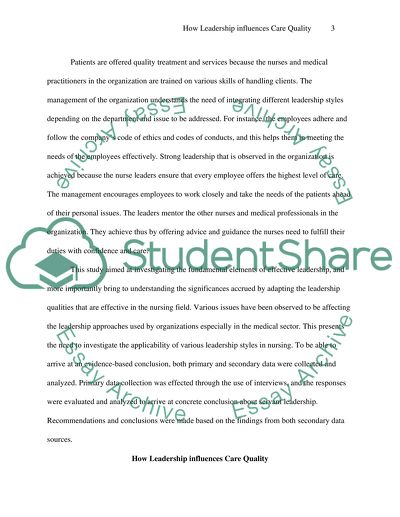Cite this document
(“Achieving Professionalism -Main theatre Essay Example | Topics and Well Written Essays - 3000 words”, n.d.)
Retrieved from https://studentshare.org/nursing/1668415-achieving-professionalism-main-theatre
Retrieved from https://studentshare.org/nursing/1668415-achieving-professionalism-main-theatre
(Achieving Professionalism -Main Theatre Essay Example | Topics and Well Written Essays - 3000 Words)
https://studentshare.org/nursing/1668415-achieving-professionalism-main-theatre.
https://studentshare.org/nursing/1668415-achieving-professionalism-main-theatre.
“Achieving Professionalism -Main Theatre Essay Example | Topics and Well Written Essays - 3000 Words”, n.d. https://studentshare.org/nursing/1668415-achieving-professionalism-main-theatre.


